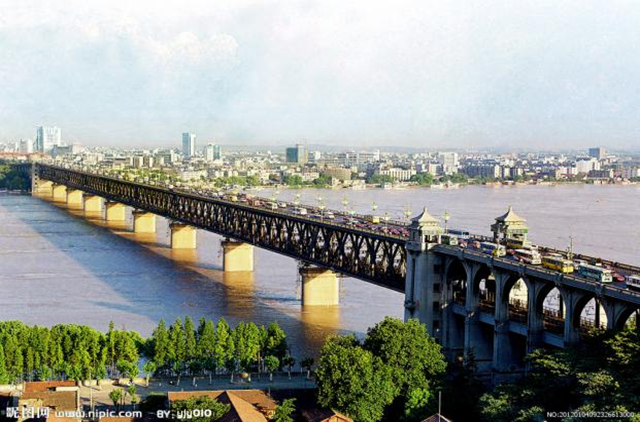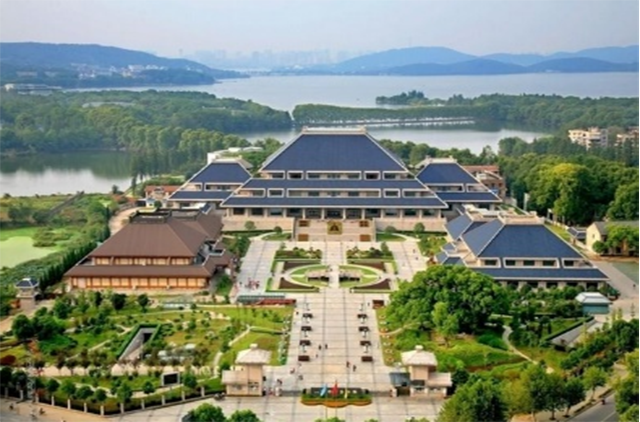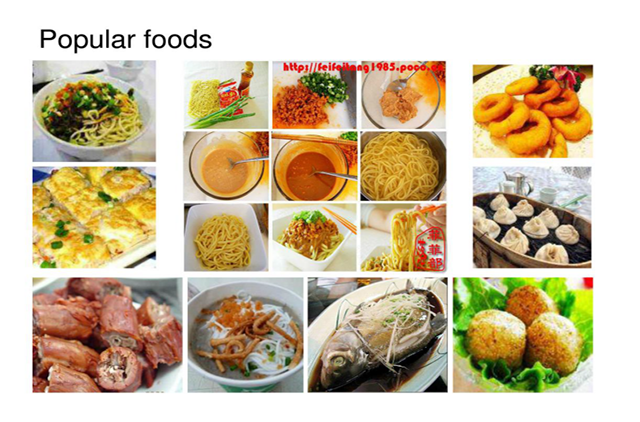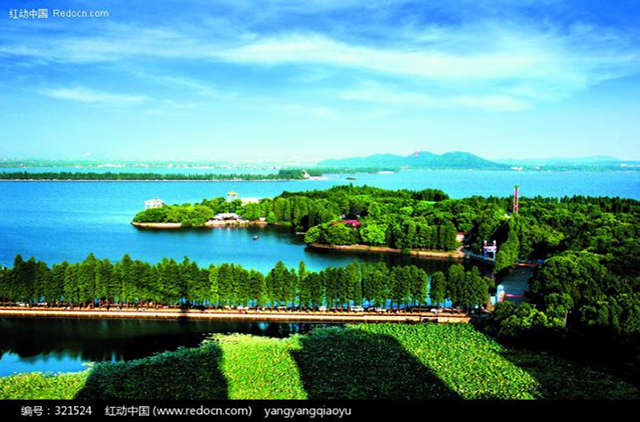About Wuhan
Wuhan City (hereinafter referred to as "Wuhan"), also known as the "City of Rivers", is located in the central region of China, eastern region of Hubei Province at the confluence of the Yangtze River and the Han River. It is the capital of Hubei Province, also a famous national historic and cultural city, a central city and the only sub-provincial city in Central China, as well as an important industrial base, a science and education base and an integrated transportation hub in China. As of the end of 2020, Wuhan accommodates 12,326,500 permanent residents.
Wuhan has abundant water resources and enjoys a long-standing history that can be traced back to the early and middle Neolithic period (about 6,000 to 8,000 years ago) when early human ancestors lived. In 1889, Zhang Zhidong was appointed as the Governor-General of Huguang. He implemented "new policies" during the Westernization Movement, established factories and schools and trained western-style armies. It promoted China's domestic industrial development, created the fundamental conditions for the development of modern industry of Wuhan, thus making Wuhan one of the birthplaces of modern industry in China. On October 10, 1911, the Revolution led by the bourgeoisie broke out in Wuhan, resulting in the establishment of Hubei Military Government and the downfall of the last feudal dynasty of China. In December 1926, the government of the Republic of China moved its capital to Wuhan, then, in January 1927, Hankou and Wuchang were merged into the Jingzhao Region and named Wuhan.
CASA is one of the longest running conference series in computer graphics (and its applications) and is well recognized around the world with it being hosted, in the past five years, in Limassol,Cyprus(2023),Nanjing (2022), Ottawa (2021), Bournemouth (2020) and Paris (2019).
The previous CASA to be hosted in China was in east developed cities such as Hangzhou and Nanjing, and since then, there has been massive developments and interests in computer graphics related research and industry in China. 2024 is an excellent time to welcome CASA to China and host it at Wuhan-one of the major cities in the middle of China.
Top Wuhan Landmarks
Yellow Crane Tower
The lofty Yellow Crane Tower located on Sheshan Mountain in Wuchang District is known for its unparalleled scenery as one of the “Three Famous Towers in China" (the other two towers are Yueyang Tower in Hunan Province and Tengwang Tower in Jiangxi Province). It is a 51.4 meters high five-storied tower with interlocking eaves, pavilion roof and yellow glazed tiles. The ground floor is 30 meters wide in each side and the top floor is 18 meters wide in each side. Large murals, couplets and cultural relics are available on all floors of the tower. Outside the tower, there are bronze statues of yellow cranes, the Shengxiang Pagoda, memorial gates, galleries, pavilions and other subsidiary buildings, adding radiance and beauty to the main tower. On top of the tower, tourists can gaze into the distance and obtain a fabulous panoramic view of the endless Yangtze River and the three towns of Wuhan. It is also a national 5A-class tourist attraction.
Wuhan Yangtze River Bridge
Wuhan Yangtze River Bridge, which lies between Sheshan Mountain and Guishan Mountain, is the first highway-railway combined bridge over the Yangtze River. It is also known as the "First Bridge over the Yangtze River". The bridge construction was commenced on September 1, 1955 and it was open to traffic on October 15, 1957. Wuhan Yangtze River Bridge is a 1,670m long double-deck bridge. The upper level of the bridge is a two-way, four-lane automobile highway, and the lower level is a double-track railway. It is veritably “a grand bridge that spans the north and south and turns a deep chasm into a thoroughfare”.
Hubei Provincial Museum
Hubei Provincial Museum is one of the eight key museums sponsored jointly by the central and local governments, a vice president of China Museum Association, and the primary institute of cultural relic collection, protection, exhibition, education and research in the province. It is the place of promoting Jingchu culture and a window of local civilization. As the largest professional institute with the strongest technical force in Southern China, it is mainly responsible for archaeological investigation, exploration and excavation in Hubei province and correlational research.
Local food in Wuhan
The local food available in Wuhan is a blend of the cuisine of Sichuan, Chongqing and Shanghai making the food in the city spicy yet full of flavour that is apparent in its snack foods and soups. The dish that Wuhan is most famous for and the first one local people will mention is Hot Dry Noodles or Re Gan Mian. It is essentially a breakfast food but can be eaten as a cheap delicious snack at any time of the day. It is dry noodles mixed with sesame paste, shallots and spicy seasoning. Doupi is another popular snack food, sticky rice is combined with beef, egg, mushrooms and beans and wrapped in a coating of soy skin, this is then fried to give a soft filling and a crispy outer layer. Wuchang Style Steamed Fish became popular after being praised by Chairman Mao in one of his poems; this dish originates from Liangzi Lake in nearby Ezhou. The fish is steamed with ham, bamboo shoots, and mushrooms and served in a chicken soup. Jingwu or Wuhan Style Duck Neck is an extremely spicy local speciality food that when cooked is coloured red due to the extreme amount of spices that are added. Mianyang Three Steamed Dishes are referring to meatballs of fish, of pork or of shrimp; it is traditionally cooked in steaming dishes and over the years this dish has been adjusted to keep pace with local tastes. Hongshan Vegetable Bolts is a speciality of the district in Wuchang close to the Baotong temple. The crisp and tender vegetables are cut into strips and stir-fried with strips of tender pork and are featured on several restaurant menus around the temple and elsewhere in the city.
Wuhan East Lake Scenic Area
Wuhan East Lake Scenic Area, located in the central urban area of Wuhan, Hubei Province, is one of the first recognized national scenic areas in China. The area of lakes inside the scenic area is 33 square kilometers. It mainly consists of large natural lakes and is recognized as a 5A-class scenic area, a national wetland park, and a national demonstration zone of ecological tourism. The 101.98km long East Lake Greenway inside the scenic area is the longest 5A-class lakeside greenway in urban area of cities in China, connecting tourist attractions such as Moshan Scenic Spot, Tingtao Scenic Spot, Luoyan Scenic Spot, Chuidi Scenic Spot, Wuhan Botanical Garden, Wuhan Happy Valley, and Wuhan East Lake Ocean Park. East Lake Greenway consists of 7 roads with different themes including Tingtao Road, Huzhong Road, Baima Road, Jiaoye Road, Shenlin Road, Moshan Road, and Hushan Road, and fully incorporates natural landscape of mountains, forests, lakes and swamps, gardens, islands, dykes, fields and river bends, turning East Lake into an "ecological green center" for citizens to get closer to the natural environment. It has been recognized by UN-Habitat as a "Chinese demonstration project of urban public space improvement”.





